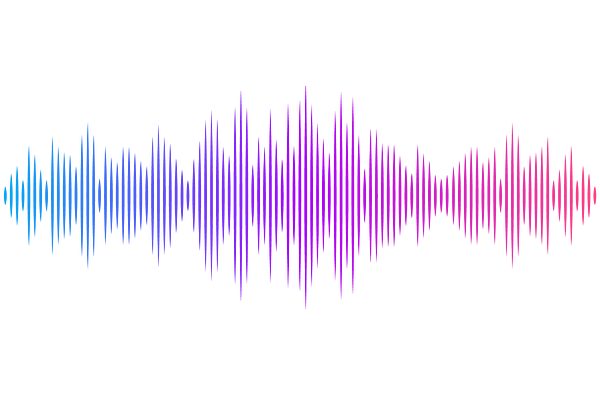Awake and hungry: artificial light at night disrupts behaviour and reproductive ecology in a wild migratory bird

Awake and hungry: artificial light at night disrupts behaviour and reproductive ecology in a wild migratory bird
Champenois, J.; Diaz-Palma, S.; Di Lecce, I.; Cichon, M.; Gustafsson, L.; Sudyka, J.
AbstractArtificial light at night (ALAN), a growing consequence of global urbanisation, disrupts natural light cues that regulate biological rhythms across taxa. However, the behavioural pathways linking ALAN exposure to broader ecological impacts remain poorly understood. Here, we experimentally introduced ALAN into nestboxes of a long-distance migratory bird, the collared flycatcher (Ficedula albicollis), breeding in Gotland, Sweden, to assess ALAN effects on development and reproductive ecology. Nestlings were exposed to ALAN from two days post-hatching until fledging, and we video-recorded parental and nestling activity over 24 hours on day 8 post-hatching. From a high-resolution behavioural dataset (32,100 nestling and 3,709 parental events), we found that ALAN-exposed nestlings begged more frequently and for longer at night compared to dark controls, revealing disrupted nocturnal behaviour. These effects cascaded to parental care: both females and males in ALAN nests extended their daily activity, initiating feeding earlier and terminating later, but traded off this extension by reducing their hourly feeding counts compared to parents in dark conditions. Consequently, nestlings under ALAN fledged at an older age and had a lower fledging rate after day eight post-hatching, despite no difference in total fledging numbers compared to controls. Our findings provide the first comprehensive experimental evidence that ALAN alters the behaviour of both parents alongside their offspring and reduces reproductive success in a long-distance migrant, a species group that increasingly encounters light pollution during nocturnal migration. ALAN, though directly affecting mainly nestlings and females in nestboxes, triggered socially-mediated responses that altered the circadian behaviour of entire bird families. This study underscores the need to consider behavioural disruption as a critical mechanism underlying the ecological impacts of ALAN in natural populations.